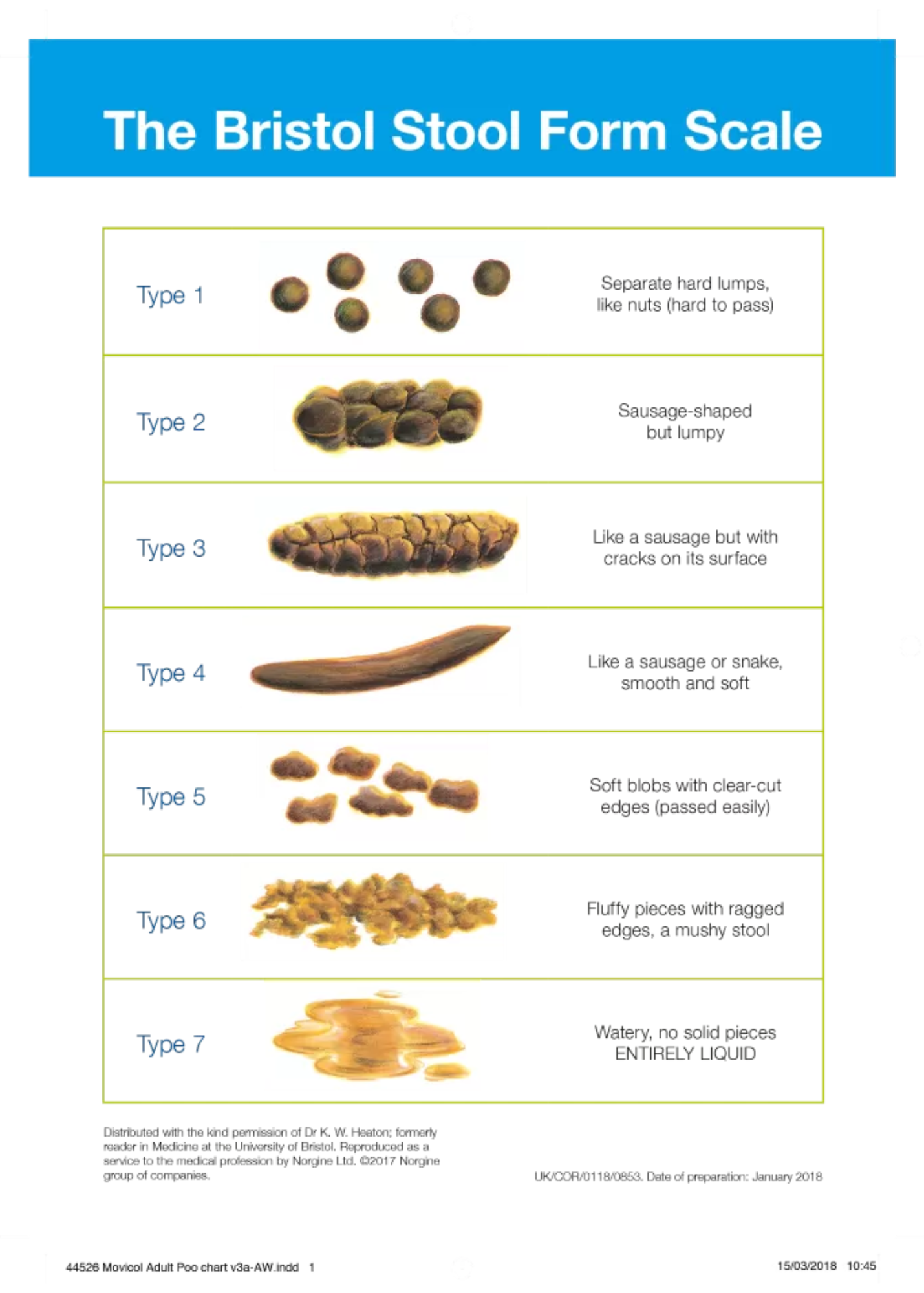The Scoop on Poop
Everybody poops. As we continue to break through barriers and stigmas about human bodies on this platform, it was only a matter of time before we explore something we all do in private – poop!
Although it may be seen as a normal body function, it actually provides great insight into how the digestive system is functioning. The texture, form, and colour of your poop can be a sign of what is happening internally, how foods are being digested, transit time, and more!
Poop, or medically called stool, is made as part of the excretory system, which is the body’s way of eliminating waste. Waste in the body is usually a byproduct of other body systems as they function, creating both urine and stool for elimination. Stool, in particular, is a combination of digested food, proteins, bacteria, salts, and other substances released by the intestines. This combination is like a set of clues that give you insight into your gut health.
Human bodies are not made the same, and depending on your body’s history, there is always room for individual differences when we discuss body functions. The following is a set of guidelines, but not hard rules on what constitutes healthy, “normal”, poop:
Time it takes to poop: 1 to 15 minutes, anything longer may indicate constipation.
Colour: brown, the pigment may change based on foods eaten, something with blue, green or red food colouring may show up as that same colour as it comes out.
Shape: log-like, in the shape of the intestines. Variation from this is a great clue that something is up with the digestive system.
Size: couple inches in length, comfortable and easy to pass.
Consistency: the range between firm and soft is normal, outside of that range on either side can indicate some digestive or fiber issues.
Frequency: some body’s have a routine and like to evacuate at the same time every day. Anything from every other day to three times a day is considered “normal”.
As you can see, this “normal” range leaves room for individual variations.
To further categorize poop by size and texture, we can look to the Bristol Stool Chart, which classifies poop into 7 categories. Type 1-2 indicate constipation, with poop being hard lumps, pebble like, or sausage-shaped and lumpy. Constipation can be a sign of bacterial imbalance, adding variety of fibrous foods, along with adequate amounts of water can help alleviate constipation. Type 3-4 are the ideal, “normal” poops being like sausage with a textured surface, or formed and smooth and soft. This textures should be easy to pass, and show signs of well-functioning gut health. Types 5-7 may indicate urgency or diarrhea with more softness, looseness, or being completely watery. This texture of poop can indicate bacterial imbalance, the digestive system moving food through too quickly, and can even be a sign of dehydration.
Being aware of how your gut health is functioning is an important part of your whole body health, along with being an important part of your pelvic floor health. Being constipated, or having diarrhea on a regular bases puts additional strain, pressure, and stress on your pelvic floor. It also can impact the nutritional absorption that is happening in the digestive system, leading to malnourishment in the pelvic floor tissues, which can lead to improper tissue health and weakness.
Poop is an inevitable part of being human and it can give us great insight into how the body is functioning! To help support healthy poops, the digestive system likes a good variety in fibrous foods to support the diverse gut bacteria, water to help keep things moving, deep breathing, and movement to massage the digestive organs. Use the Bristol Stool Chart to help you decipher what your poop is telling you, and work with your body to listen to and support what it needs.
Resources:
https://www.healthline.com/health/digestive-health/types-of-poop

